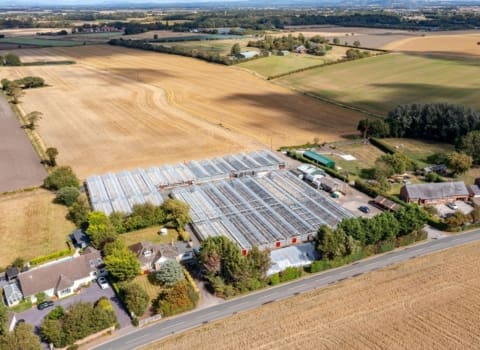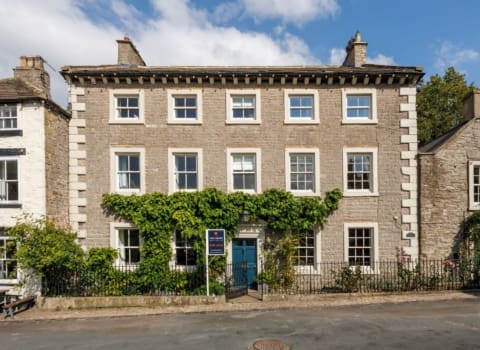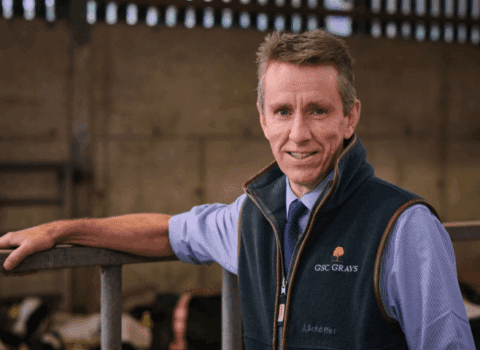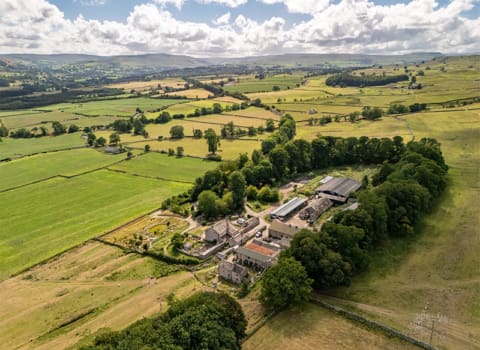Contact our offices
Main office
COLBURN
5 & 6 BAILEY COURT
COLBURN BUSINESS PARK
RICHMOND
NORTH YORKSHIRE
DL9 4QL
Estate Agency Offices are located in
BARNARD CASTLE, BOROUGHBRIDGE & RICHMOND
Residential Management Team
Our Offices
- Alnwick
01665 568310
Email Officealnwick@gscgrays.co.uk - Barnard Castle
01833 637000
Email Officebarnardcastle@gscgrays.co.uk - Boroughbridge
01423 590500
Email Officeboroughbridge@gscgrays.co.uk - Chester-Le-Street
0191 3039540
Email Officechester-le-street@gscgrays.co.uk - Colburn
01748 897630
Email Officecolburn@gscgrays.co.uk - Driffield
01377 337180
Email Officedriffield@gscgrays.co.uk - Hamsterley
01388 487000
Email Officehamsterley@gscgrays.co.uk - Hexham
01434 611565
Email Officehexham@gscgrays.co.uk - Kirkby Lonsdale
01524 880320
Email Officekirkbylonsdale@gscgrays.co.uk - Penrith
01768 597005
Email Officepenrith@gscgrays.co.uk

Grey Belt’s contribution to unlocking rural development
The Government has an ambitious agenda for growth. Economic development is key to this, and the rural economy has its part to play.
A fundamental component to productivity is good quality, affordable housing, the supply of which matches demand. The average house price is currently £265,000, more than double the inflation adjusted price in 1975. In real terms the cost of housing has doubled during my lifetime, meaning it is now far harder for my children to own a home than it was for my parents. In many rural areas, the difference will be more acute.
In response, the Government plans to build 1.5 million new homes over the course of the Parliament at a rate rarely seen in the last 80 years. Not only is it trying to do this on the back of a history of under delivery, but it has also put some obstacles in its own path.
There is a window to April 2026 during which inheritance tax planning is going to be a focus for many landowners. This restructuring is likely to mean that the promotion of development land caught up in this process will be delayed.
In addition, the environmental impact of the planning reforms needed to meet the Government’s housebuilding targets will be examined by the Environmental Audit Committee which will consider how protection and enhancement of the environment, the promotion of active travel, reduction of embodied carbon levels and implementation of local nature recovery networks is accounted for within the planning reforms. This process is unlikely to be quick and may open the door to judicial reviews, limiting the number of sites coming forward.
Unlocking development land
The Government has now completed an extensive consultation on the National Planning Policy Framework (NPPF) to ensure the housing target is prioritised and land for development can be unlocked. The changes, which were adopted on 12th December 2024, include a new standard method of calculating mandatory housing targets for local authorities which will deliver the ambitious 1.5 million new homes. In some areas, this will double housing targets compared to current delivery rates. This will present a considerable challenge for local authorities who must demonstrate a 5-year land supply that is sufficient to meet the housing they will be obligated to deliver.
Grey Belt solution
Grey Belt, a Sir Keir Starmer invention, is one solution to unlocking land for development. Now defined as land which makes a “limited contribution” to Green Belt objectives, this may include land that contains substantial built development or is enclosed by built form, does little to prevent the coalescence of settlements, is dominated by urban land uses, or does not protect a historic setting.
As such it is likely to deliver more opportunities in rural areas than had originally been envisaged, and could open the door for residential, commercial and tourism development within the Green Belt that would otherwise have been prevented.
In my opinion, the blanket use of Green Belt has seen swathes of land overly restricted with limitations on much needed housing, employment and diversification opportunities. This has been a huge frustration to me over the years when I have seen great proposals squashed by unnecessarily strict planning rules and NIMBYism.
That said, Grey Belt is still down the pecking order when it comes to identifying sites which are suitable for development, with previously developed land and land outside the Green Belt still favoured.
Unlocking growth opportunity
With the roll out of fibre broadband to many hard-to-reach places, increased flexible working practices, more done online and generous permitted development rights, the commercial opportunities for development within the Grey Belt are significant. Better quality jobs in new sectors should diversify and strengthen the rural economy with the effect of increasing household incomes.
In addition, housing within the Grey Belt will have to deliver a greater proportion of affordable housing than sites outside the Green Belt. Originally, one of the “golden rules” linked to Grey Belt development was that 50% of the housing must be affordable. While this provision has been watered down to be 15% above the local authority’s policy position, capped at 50%, and subject to viability, the combination of more affordable housing and better household incomes will be positive outcomes from the push for growth.
Seize the opportunity!
With pressures on farm incomes and associated impacts in the wider rural economy, it is vital that entrepreneurial spirit is fostered and enabled. The countryside should be protected but not preserved in aspic and I hope that the Government makes good on its promises to deliver growth. If it does, rural businesses must be brave enough to think differently and capitalise on those opportunities as they arise.


GSC Grays News
Rare opportunity to purchase former plant nursery with development potential
Read more







